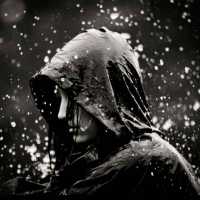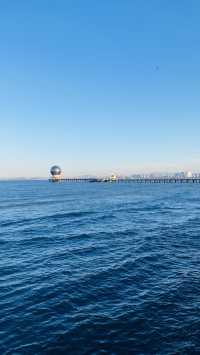More distinctive, you can go to Xuzhou to see, it's okay
;
Hubu Mountain Review
4.6 /5161 Reviews






4/5
Hubu Mountain
Posted: Oct 16, 2021
Like
Popular Destinations
Busan Travel | Exeter Travel | Islamabad Travel | Stornoway Travel | Greece Travel | Southampton Travel | Hong Kong Travel | Langkawi Travel | Venice Travel | Florence Travel | Split Travel | Scotland Travel | Reykjavik Travel | Chisinau Travel | Lahore Travel | Stavanger Travel | Sedbergh Travel | Hoi An Travel | Weihai Travel | Roxas City Travel | xiandu Travel | North Dundas Travel | Clutha District Travel | Cheektowaga Travel | Shiso Travel | Redding Travel | Pirna Travel | Weesp Travel | Guantanamo Travel | Satun Travel
Recommended Attractions at Popular Destinations
Bangkok attraction near me | Tokyo attraction near me | Manila attraction near me | Hong Kong attraction near me | Seoul attraction near me | Taipei attraction near me | Los Angeles attraction near me | New York attraction near me | Shanghai attraction near me | Kuala Lumpur attraction near me | Shenzhen attraction near me | Osaka attraction near me | Singapore attraction near me | London attraction near me | Guangzhou attraction near me | San Francisco attraction near me | Beijing attraction near me | Macau attraction near me | Bali attraction near me | Paris attraction near me | Orlando attraction near me | Jakarta attraction near me | Ho Chi Minh City attraction near me | Chicago attraction near me | Phuket attraction near me | Toronto attraction near me | Dallas attraction near me | Istanbul attraction near me | Cebu attraction near me | Seattle attraction near me
Popular Attractions
Sunway Lagoon Theme Park | IMAGINE 79SHOW | Statue of Liberty | London Eye | Beijing Wildlife Park | Hong Kong Disneyland | Nanxun Ancient Town | Madame Tussauds London | Underwater World Pattaya | Park Güell | The London Dungeon | La Pedrera – Casa Milà | Big Ben | Cadbury World | Library of Birmingham | City of Caves | Louvre Abu Dhabi | Xiata Tourist Area | Archaeological Museum Outdoors | Cumhuriyet Meydanı | Hawksbill Rock | Niankhkhnum and Khnumhotep's Mastaba | Vila Yono Ganden | Pilgrim Baptist Church | Masjid AT-TAQWA | Alte Mühle Burgberg & Historischer Mühlenstadel | De Clerk Landboudienste | Changqing Park | Khaosan Road | Scott Monument
Popular Travelogues
Bangkok Travelogue | Tokyo Travelogue | Hong Kong Travelogue | Seoul Travelogue | Los Angeles Travelogue | New York Travelogue | Shanghai Travelogue | Kuala Lumpur Travelogue | Shenzhen Travelogue | Osaka Travelogue | London Travelogue | Singapore Travelogue | Guangzhou Travelogue | San Francisco Travelogue | Beijing Travelogue | Macau Travelogue | Bali Travelogue | Paris Travelogue | Ho Chi Minh City Travelogue | Chicago Travelogue | Phuket Travelogue | Toronto Travelogue
Payment Methods
Our Partners
Copyright © 2024 Trip.com Travel Singapore Pte. Ltd. All rights reserved
Site Operator: Trip.com Travel Singapore Pte. Ltd.
Site Operator: Trip.com Travel Singapore Pte. Ltd.



